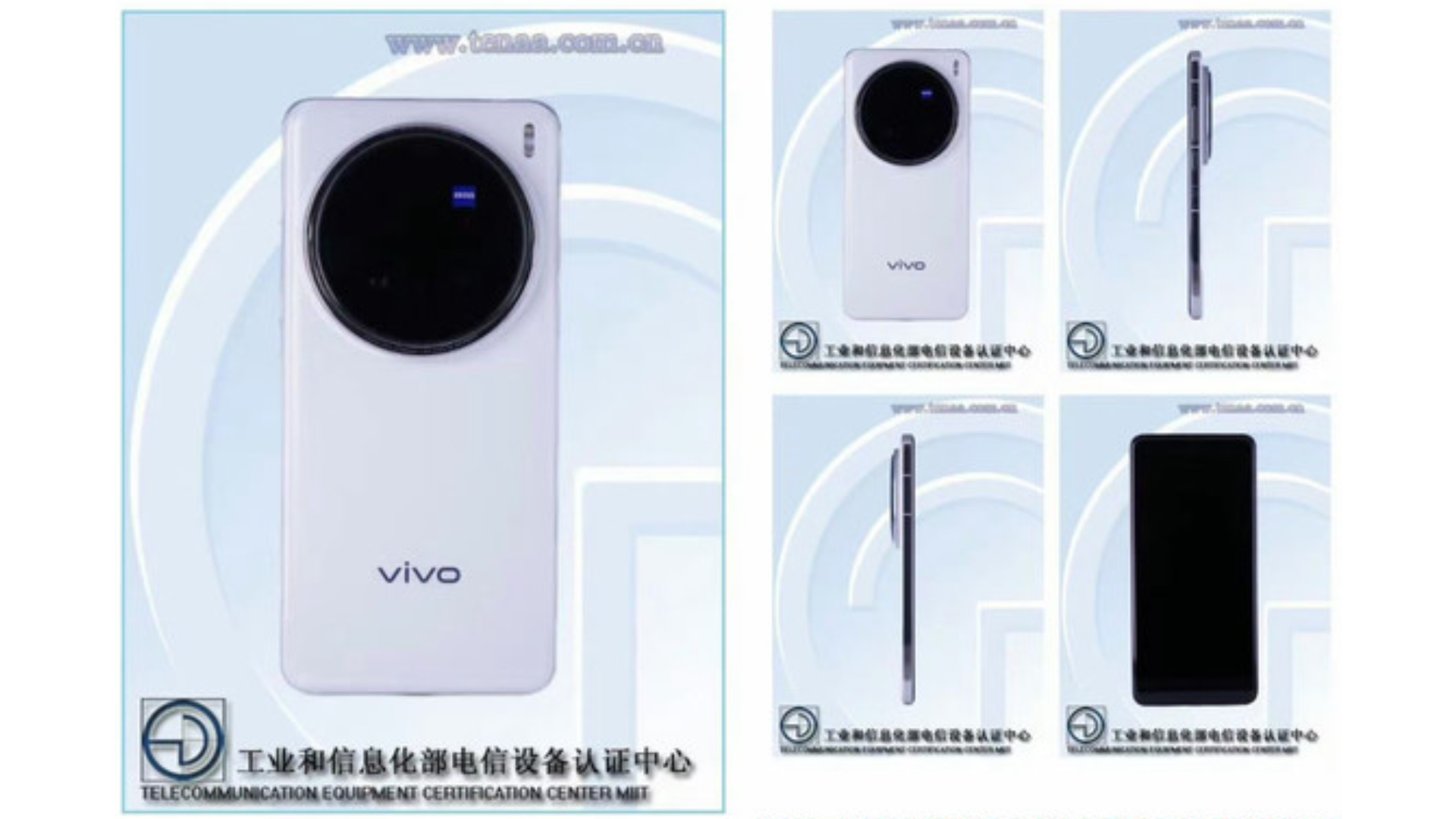Recently we wrote an article about the POCO C40’s SoC from a basically-unknown brand: JLQ. The brand seems to be a small company with a high capital, but fairly new in the smartphone market, so let’s find out who they are, and what other phones feature their SoCs.
Who is JLQ?
JLQ is a China-based JV, focused mostly on IoT devices and SoCs for budget smartphones, around the 100$ mark. They were founded in 2017, and currently have around a hundred employees. However, despite their small size and basically unknown status, the company has quite a large capital of almost half a billion dollars, and one of the founding parties of the company was actually Qualcomm. They most likely outsource their SoCs from Qualcomm, and customize them to their needs, and ship them to device manufacturers, like POCO, who are now featuring their JR510 SoC on the POCO C40, as we mentioned before. So, now that we know who JLQ actually is, let’s see what other SoCs they have!
What SoCs does JLQ make?
JLQ has made other SoCs than the aforementioned JR510, and actually shipped that SoC on another device, known as the Treswave TW104. But, there is one SoC that is a bit interesting, and featured on JLQ’s website, the JA310. The JA310 is a basic midrange AIoT (Artificial Intelligence of Things) SoC, with a 4-core design, with four Cortex A55s at 1.5GHz, and a Mali G31. These specs aren’t amazing, but considering that they release SoCs mainly made for devices that retail for around 100$, its decent. But, it has some features that make it a better value than some mainstream Qualcomm chips, especially for things like AIoT.
The JA310 features 4K 30FPS encoding and decoding, which isn’t present on most budget Snapdragon or Helio chips, for example the Snapdragon 695, which only features 1080p 60FPS encoding and decoding. It also has a 1080p 60FPS display output, most likely through the data ports of the device it’s featured on (such as the Type-C port on modern mobile devices), 2 NPUs, Ethernet support (which is mostly lacking on Snapdragon SoCs), and a “VeriSilicon ZSPNano” DSP. However, no modem chip is included in the SoC, which is due to it being an IoT chip.
All of these features are included and manufactured under Samsung’s 11nm process node, which makes it based on a slightly outdated node, but still performant enough for IoT. So, why is JLQ, an IoT brand, making SoCs for POCO’s C40 now? We’re not sure either, so let’s get to the features of the POCO C40’s SoC.
What is the JLQ JR510?
The JLQ JR510 is the SoC that POCO will be using in their POCO C40 device, and a midrange-to-lowend SoC. Now, most of the information from this point on is true, but some of it might not be, so take all of this with a grain of salt. Let’s get to the SoC’s features.
The SoC features a 4G modem, no 5G support (due to being a budget chip sadly), a Qualcomm modem with a Hexagon DSP running Hi-Line Software, which is quite similar to the Snapdragon 662. The chipset also most likely features Qualcomm chips for Bluetooth and WiFi, due to the fact that the chipset’s name is found in Qualcomm’s Linux kernel blobs (drivers).
The SoC will also feature an 8-core configuration, with 4 Cortex A55’s at 1.5GHz, and 4 other CPUs that are unknown for the time being, running at 2.0GHz, most likely also A55 CPUs. The JR510 also features a Mali-G52, which is quite a low end GPU. The POCO C40 will be codenamed “Frost”, and come with MIUI GO, based on Android 11.
So, what do you think about the POCO C40 using SoCs from JLQ? Do you think it will be a success, or a failure? Let us know in our Telegram chat, which you can join here.
(credit to Kuba Wojciechowski on Twitter for the information thread on JLQ.)





